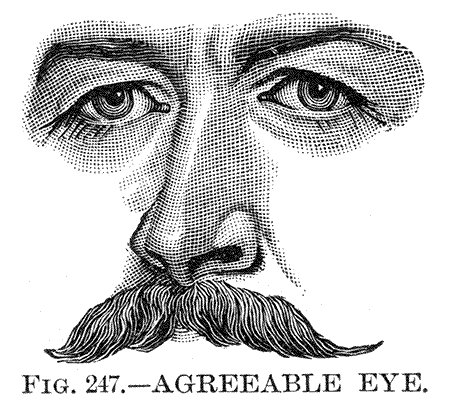facticity
…for writers all, both great and small, are habitual sinners against the light.
In an effort to pay more attention to my work and to think more clearly about composition as such, I have been reading books on writing, which strike me (sitting outside the congregation) as banners of a faith that is hopeful about ideas, thinking, communication, sociality. 1 The dicta in books on writing, like other forms of advice, are more honor’d in the breach than the observance – and like much advice, are probably more useful thus honored. 2 By which I mean to dance around the notion that books on writing are not particularly helpful for writing as such (at least I have not found them so), although they can be helpful for thinking about writing, as Emily Post is helpful for thinking about which fork to choose to stab into your neighbor’s wandering hand at a dinner party.
Architecture as metaphor for writing. 3 Mapping as metaphor for writing. Both engage in an uncomfortable teleology – the focus on product rather than process – that does not acknowledge most writing has the permanence of a hunter’s blind, tree-fort, or cardboard box, suited to a narrow and particular purpose or moment, but ultimately perishable and discarded; rare is the student whose term paper is written as ‘an everlasting possession’ and rarer still the remarkable symptoms that call for remembrance two hundred years later. 4 The structures of persuasion cobble a path toward obedience, not understanding; they are tricks for working in the system – the master’s tools. 5 Despite the implicit promise that you have only to meander, spiral, explode enough to makes some form of meaning, sometimes it’s just a mess – a jumble of blocks fallen from your own private babble. 6
- In this, they tend to preach to the quire, as it were.[↩]
- As in the tough love scattered throughout Deirdre Nansen McCloskey’s Economical Writing (3rd ed., 2019) – learn the rules of capitalization and use them in emails or you’ll ‘look like a self-indulgent little idiot’ (108) – which is charming until it isn’t.[↩]
- A memory palace in which it is sometimes the reader and sometimes the author and sometimes the subject who was seated next to Simonides at the banquet.[↩]
- Thus one ends up with tract-house articles, the abstract foyer leading to a spacious open floor plan marked out by an introduction and ending in the mud-room of limitations and conclusions. There is nothing wrong with this, but it is as well not to be precious about building McMansions.[↩]
- Most writing is, at best, the grit in the mortar.[↩]
- From the triangles routinely used to illuminate Aristotle to the measured loops and arrows and lines in William Germano’s On Revision (2021) or Hayot’s The Elements of Academic Style (2014), the imposition of diagrams onto prose is a temptation difficult to escape (to say nothing of calligrams). You must admire my restraint in not including an image of Sterne’s plot outlines. Let it not be said I do not suffer for my art.[↩]
